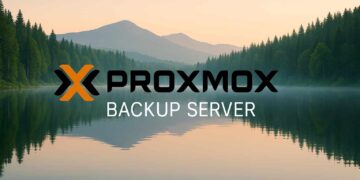During one of the Exchange 2010 sessions at TechED 2009 I attended, Microsoft made what I think is a major announcement. Given a proper design, Microsoft no longer recommends RAID protected disks for your Exchange server and goes a step further and suggests using locally attached SATA drives.
This is in stark contrast with Exchange 2003, where you needed fairly high-end Fibre Channel storage arrays, lots of disks, and full RAID protection. So how did Microsoft go from uber expensive storage in Exchange 2003 to el-cheapo SATA disks seven years later?
The first step was Exchange 2007, which cut disk I/O requirements by 70% due to its 64-bit architecture and much smarter use of memory. In a CCR cluster you could implement RAID protected locally attached SAS drives for many implementations supporting hundreds or thousands of users. Many still used fibre channel SANs, though.
Exchange 2010 has undergone some major changes to further reduce I/O requirements by another 70% over Exchange 2007. This equates to a more than 90% reduction in I/O over Exchange 2003. In addition, MS threw out all of the Exchange 2007 high-availability methods (SCC, CCR, SCR, LCR) and now has a single HA method that supports up to 16 replicas of a database. Gone are storage groups! In addition, without RAID you reduce the total number of disk I/Os since you aren’t writing some percentage of redundant data.
Microsoft is now saying if you have three or more copies of a database, then you can store all copies on non-RAID SATA disks. Should you lose a disk, fairly automatic fail-over will occur for the affected databases to another active node. Microsoft internally is hosting over 7 million mailboxes on non-RAID storage.
Another bonus of the HA 16 copy feature is that you can have any combination of local and remote replicated copies. For instance, a single database could have two local copies plus one or more remote copies located at data centers hundreds of miles away. Have a branch office with an Exchange server and two data centers? No problem..send copies everywhere! This really opens the flood gates to many creative DR/BC scenarios.
In addition, you can configure a lag for each of the replicas. Don’t like doing backups? Then configure a lag for one of the copies for say seven days. Now you don’t have to revert to tape restores if you want to grab some lost messages from the past week.
This is just one of dozens of new and pretty cool features of Exchange 2010. There’s a public beta available, so I would encourage you to check it out if you are a messaging geek. It is truly a compelling upgrade over Exchange 2003/2007.



